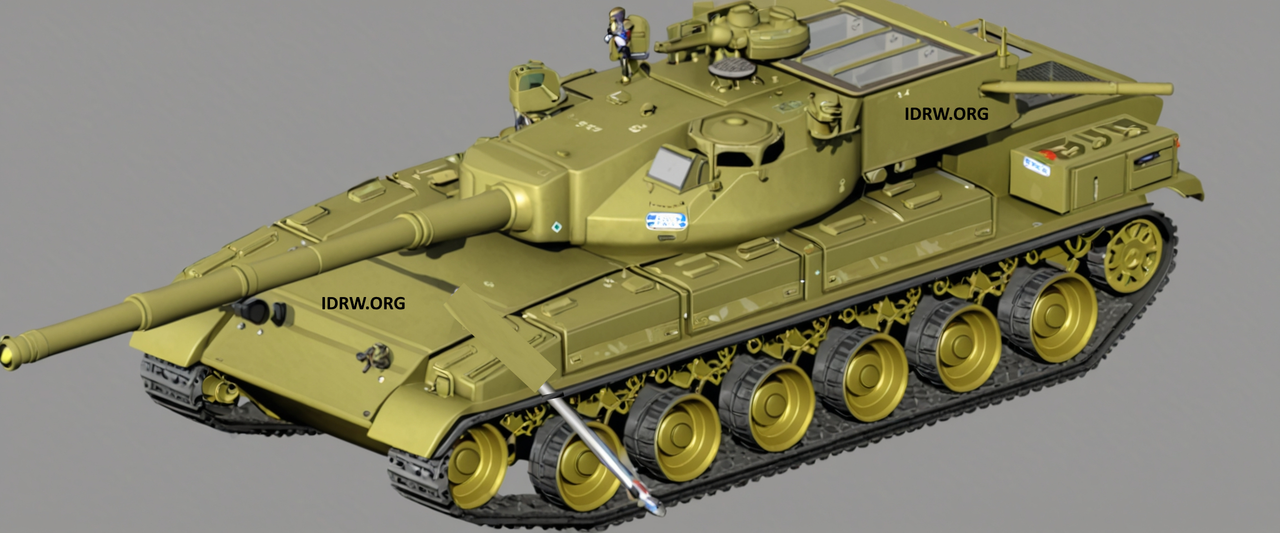SOURCE: RAUNAK KUNDE / NEWS BEAT / IDRW.ORG


The Combat Vehicles Research and Development Establishment (CVRDE), in collaboration with the Indian Institute of Technology Madras (IITM), Chennai, is advancing the development of a lab prototype for a smart antenna-based sensor, aimed for future use in Active Protection Systems (APS). This initiative signifies a pivotal step in enhancing the defence capabilities of Indian armoured vehicles, ensuring they are better equipped to counter evolving threats on the battlefield.
The smart antenna-based sensor is designed to integrate various modules that contribute to an effective Active Protection System. APS are critical for providing defensive measures against incoming threats, such as anti-tank missiles and projectiles. The development of this technology aligns with India’s focus on indigenizing defence systems and improving the operational readiness of its armed forces.
Key Modules of the Smart Antenna-Based Sensor:
The sensor system comprises several essential components that work together to ensure robust performance and reliability:
- Transmit and Receive Antenna Array:
- The antenna arrays are crucial for the transmission and reception of radar signals, enabling effective detection and tracking of incoming threats.
- Phase Shifter:
- This module allows for the control of the phase of the signals transmitted, improving the precision and effectiveness of the radar system.
- Attenuator:
- The attenuator manages the signal strength, ensuring that the system operates within optimal parameters and reduces the risk of interference.
- Beam Forming MMIC:
- Monolithic Microwave Integrated Circuits (MMIC) are used for beamforming, allowing for the dynamic steering of radar beams to focus on specific targets.
- Exciter Module:
- The exciter module generates the radar signals necessary for operation. This module will be developed by IITM as part of the collaboration.
- Receiver Module:
- The receiver module is responsible for capturing the signals reflected from potential threats and will also be developed by IITM.
- Radar Processing Unit (RPU):
- The RPU processes the received signals to identify and track incoming threats. This module will play a critical role in the overall effectiveness of the APS.
- Chassis and Power Supply Module:
- The chassis houses all components, while the power supply module ensures that the system operates efficiently.
The operating frequency for the modules has been set at 20 GHz, a frequency that provides a balance between detection range and resolution.
The partnership between CVRDE and IITM is a significant advancement in India’s defence research and development landscape. By harnessing the expertise of IITM in sensor technology and radar systems, this collaboration aims to create an innovative solution that enhances the protective measures of armoured vehicles.
NOTE : Article cannot be reproduced without written permission of idrw.org in any form even for YouTube Videos to avoid Copy right strikes. Websites doing illegal reproductions will get DMCA and Legal Notices.